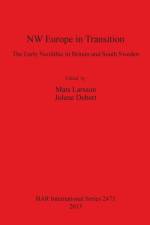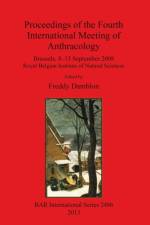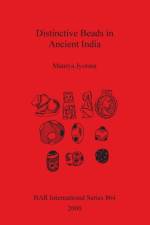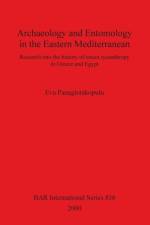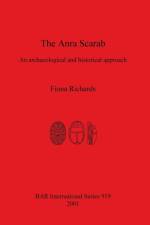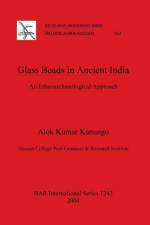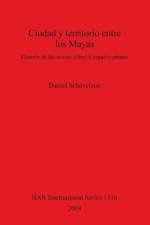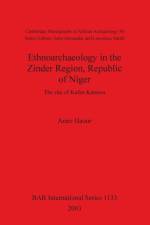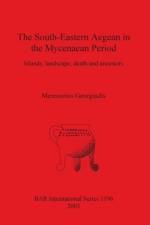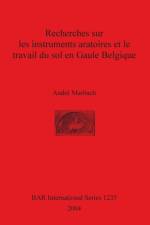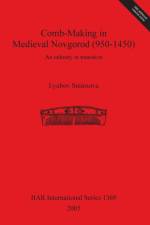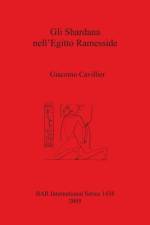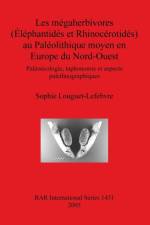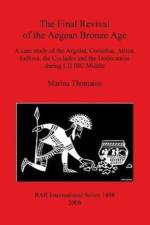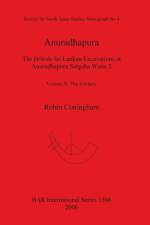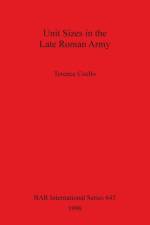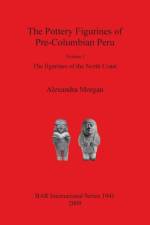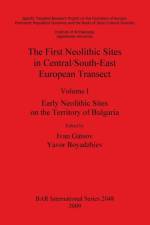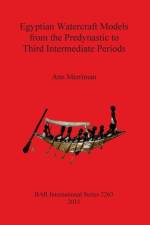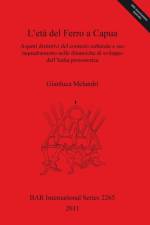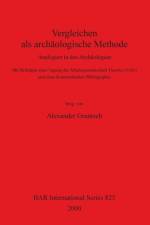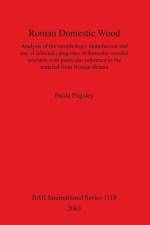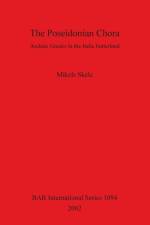- The British-Sri Lankan Excavations at Anuradhapura Salgaha Watta 2. Volume II: The Artefacts
av Robin Coningham
2 281
Society for South Asian Studies Monograph No 4The site of Anuradhapura, NW Sri Lanka, is important, from two principal points of view. In the first place it has played a significant role in the history and cultural traditions of Sri Lanka as a whole. Secondly, Anuradhapura has a more immediate, specific importance from an archaeological point of view on account of the extent, depth and richness of the occupation deposits. This has been demonstrated by the research done there by archaeologists during the last century. This work has opened the way to achieving a better understanding of Early Historic Sri Lanka than was hitherto possible and provided an excellent basis for further investigation. Indeed, it is upon this basis that the investigations described here have been undertaken and have carried forward the study of this remarkable site, leading to a more detailed and comprehensive understanding of its long history and development. The investigations described here had the advantage of a number of modern techniques, including geophysical methods of surface survey, three-dimensional recording of levels and finds in excavation, and ample radiocarbon measurements. On account of the depth and continuity of the dated cultural sequence described in the two volumes that make up the report, each of which deals with specific aspects of the excavation as a whole, it is possible to relate Anuradhapura to a wider archaeological context. The present, second volume, The Artefacts, describes the artefacts and other finds and relates them to the dated sequence ofarchaeologically identified layers, thus clothing the dated structural framework with cultural material. An important discovery was that of a small number of short inscriptions on pottery and other objects in Brahmi script. The record provided by the Anuradhapura sequence makes it possible to look outward at its historic links and their implications. For example, it is now possible to study the city of Anuradhapura's cultural and trading links with other parts of the ancient world. In sum, the excavations at Anuradhapura provide a wonderful database of evidence relating to the Iron Age and Early Historic periods of South Asia and from it we can study the stages of the emergence of a city and its subsequent growth. (Volume I, The Site, provides the archaeological framework and is firmly based on the carefully recorded cultural sequence, the longest and most fully recorded so far available in Sri Lanka, and indeed in the entire southern half of the Indian subcontinent. This work is available as BAR S824 1999: Society for South Asian Studies Monograph 3 Anuradhapura The British-Sri Lankan Excavations at Anuradhapura Salgaha Watta 2. Volume I: The Site by Robin Coningham. ISBN 1841710369.)

